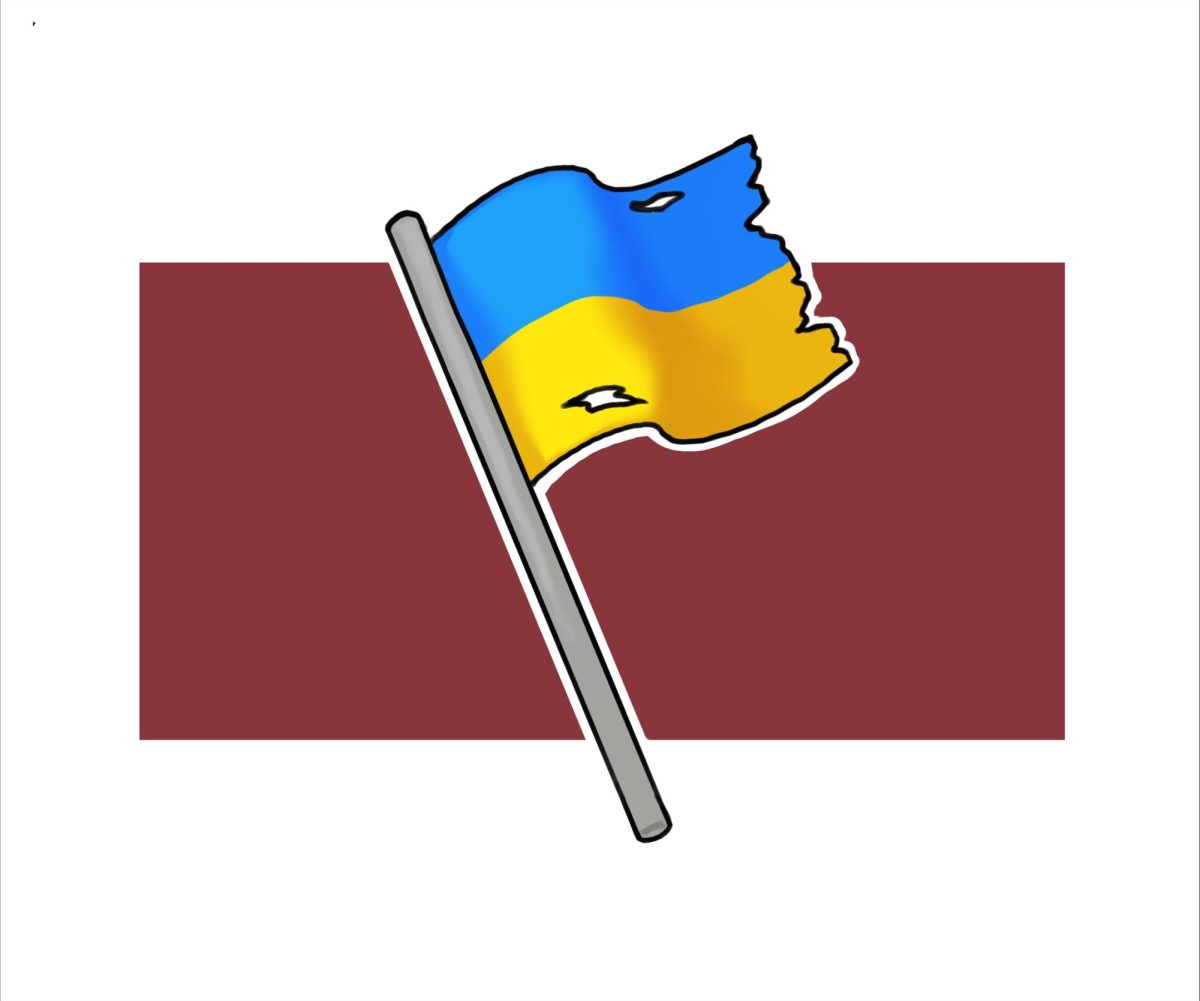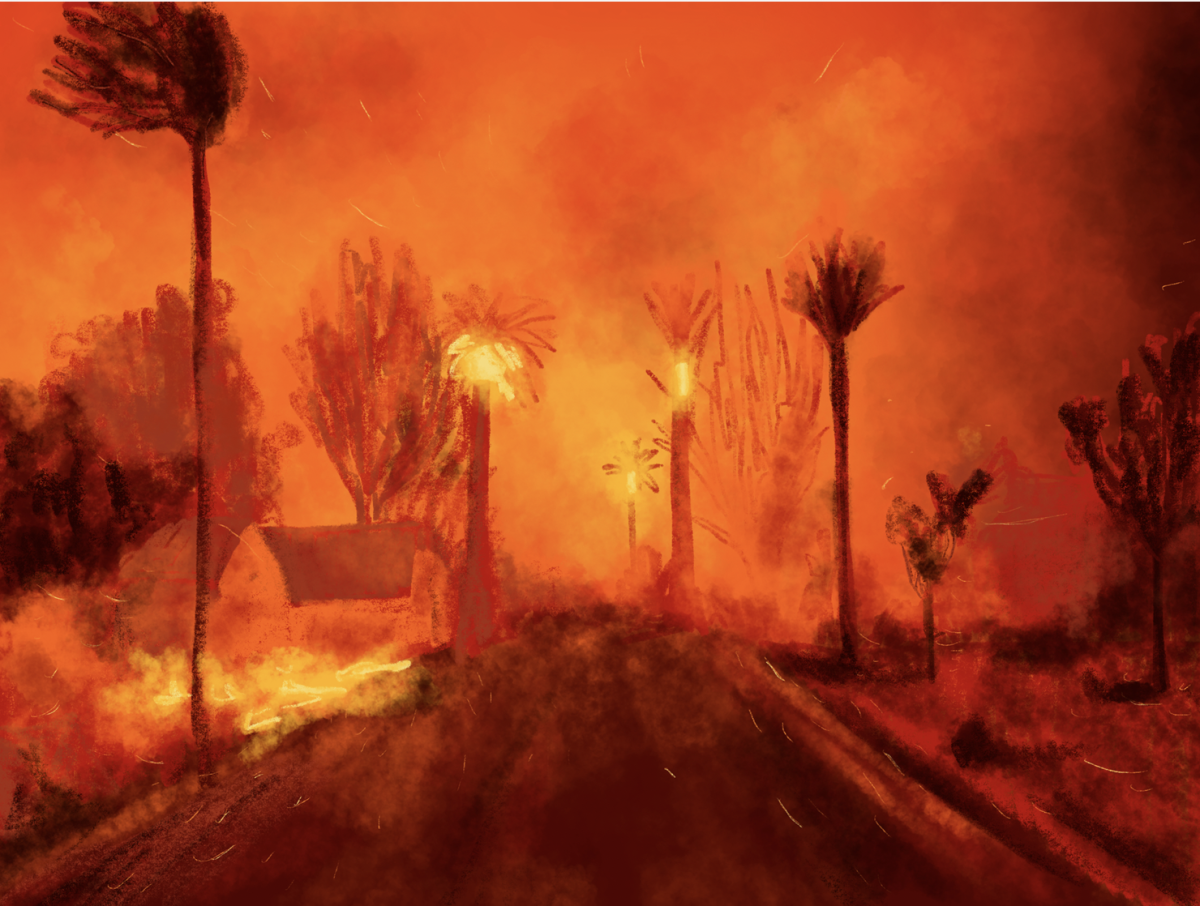Exploring the flora and fauna of Hill as autumn arrives
As the warm summer carries into cold autumn winds, many find themselves missing the bright flowers and hyper-active squirrels that come with the sunny days. But beyond the manicured gardens of black-eyed Susans and hydrangeas, Pottstown itself features a variety of wild species that make for ample plants and animals to keep an eye out for as clouds draw over the sky, and snow gets ready to cover the Quad.
1. Eastern gray squirrel, Sciurus carolinenis
Probably the easiest to spot among the list, the squirrels of The Hill are playful and jumpy, often caught foraging for acorns as students make their way to class. Eastern gray squirrels are categorized as scatter-hoarders, putting their great spatial awareness and sense of smell to use. This species of squirrel is also estimated to create several thousand caches per season, meaning they actively hide acorns and other food sources underground for later use.
2. Dandelions, Taraxacum officinale
Though often reduced to a ‘weed’ and nothing more, dandelions are extremely versatile, providing medicinal properties and sweet taste, all in one yellow flower. Used for over 2,000 years in different medicinal practices across the globe, dandelions have withstood the test of time. Contrary to popular belief, the tufted flower is amazing for a garden, providing balance for the soil properties. Dandelions are also easy to prepare for a meal, making for great salad greens, if one cleans the leaves properly. Whether it’s jam, tea, coffee, soap, shampoo, or wishes, dandelions are the most adaptable plant of them all.
3. Great egret, Ardea alba
Though the geese by the Dell are plentiful, there is one bird that is a rare sight – the great egret. On full-moon nights, when the waters are bobbing with lunar rays, the great egret makes an appearance, waiting for a sole moment before taking flight above the Dell waters. The great egret is an animal with a great comeback story, almost hunted to extinction towards the end of the 19th century to use their plumage for hats. However, with conservation measures in place, the great egret’s numbers started trending upwards, and the bird now serves as the symbol for the National Audubon Society.
4. Buttercups, Ranunculis occidentalis
Buttercups are modest perennials, an easy flower to spot as they stand out in bright bulbs of yellow among larger patches of grass. A tell-tale sign of warmer weather, buttercups can be spotted on Beech Street when walking to and from Wawa. It is no coincidence then, that yellow buttercups are a symbol of growth and health, as they start blooming as soon as April begins. Buttercups are, unfortunately, not edible, but make for a great addition to a wildflower bouquet.
5. Wild violets, Viola sororia
Some of the rarer colors in nature’s palette, purple and blue, are eye-catching in their native environment. Wild violets certainly are no exception. Though small and fragile, these flowers make for the perfect garnish on savory dishes, providing the perfect pop of color for a large meal. Wild violets have also stood the test of time in herbal medicine usage, with ancient Greeks using them to treat headaches. Washed violet leaves are also edible, though be careful with the roots, as they are considered toxic. If one is looking to add an elegant touch to lemonade, consider making violet syrup – just make sure to find a reliable recipe before cooking it up!
























